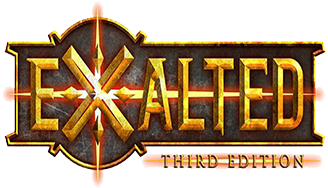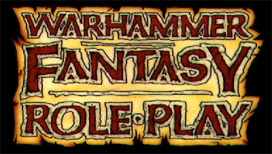CHARACTER-DISTINCTIONS
(12 cards):
The First Step to Making Your Characters Instantly Memorable. Rather than giving your audience a long, detailed description of a character’s height, build, facial features, and clothing, it’s best to just show the “essence” of the character, including his personality or state of mind, as perceived by the viewer, through a few well-chosen details.
ill intent (12-cards):
We love villains and certain keywords like "murderous" carries with it ill intent. You will find herein, inspiring and unique ways to describe the wicked, foul or villainous characters in your story with the simple use of key venomous words.
Environment Cards: (12 Cards):
Describe Memorable Landscapes. It’s important to give your audience (readers or fellow gamers) a sense of place. That is, a landscape they can identify with and/or visualize. The difficultly here is placing a feature, a moment or a mark on the landscape that's memorable and (more importantly) indigenous to the landscape. This is exactly what these cards provide--distinguishable moments, marks and features of the following landscapes: Swamps, Mountains, Deserts/Plains and Forests.
Labyrinth Environment Cards (12 Cards):
The difficulty with an underground setting such as a dungeon, is after a short while the rooms and halls begin to sound similar. This is normally because it is hard to come up with fresh distinguishable features for every room and hallway.
Coming to the rescue, are the Description Cards The Labyrinth.
Pain Cards: (12 Cards)
How Do You Describe Pain?
For writers and Gamemasters (GMs) it's difficult to convey pain, and even specific types of pain, to an audience who's comfortably sitting at home in an easy chair or around a gaming table. The Pain Cards attempt to help writers, storytellers and GMs in this regard by providing adjectives and key words that can be used to convey pain.


































